#Coupes
Rare Rides Icons: The AMC Matador, Medium, Large, and Personal (Part I)
The American Motors Matador line was many things to many people during its run from 1971 to 1978. Built domestically and abroad, Matadors occupied more than one size class, a broad range of price points, and were even dressed in fashionable luxury garb for a while. Come along as we explore the world of Matador.
Rare Rides Icons: The Ford Capri, a European Mustang (Part III)
Today we conclude the Ford Capri’s story with its third and final generation. After the Mark I’s promising start as a simple and affordable sporty coupe, the Mark II went a bit too soft and comfortable and diverged into many different trims as Ford tried to appeal to a wider audience.
“We can fix it!” exclaimed Ford. Time for Capri Mark III.
Rare Rides Icons: The Ford Capri, a European Mustang (Part II)
We continue our series on the sporty European market Ford Capri today. Introduced in 1969 as a pony car to suit customers outside of North America, Capri proved an immediate success across Europe and found a more limited customer base in North America too. By the mid-Seventies, times had changed and it was time for a new Capri, the Mark II.
Rare Rides Icons: The Ford Capri, a European Mustang (Part I)
Across two generations and nearly two decades of production, the Ford Capri existed as the European market alternative to the very America-centric Mustang. Basic or more luxurious, thrifty or more powerful, Capri played an important role in its day: It brought a practical, fun driving experience within reach of the average European family consumer.
Rare Rides: The 1996 Saleen S-281 Mustang, Plastic Fantastic
Rare Rides has featured three of Saleen’s sporty creations in past: A one-off Thunderbird styling exercise, a hot hatchback, and the company’s full-on supercar. Today’s Rare Ride is probably more familiar than those other three, as it’s Saleen’s most basic take on the SN-95 Mustang.
Rare Rides: The 1987 Chevrolet Cavalier RS Convertible, Last of First
The Rare Rides series is a friend to the General Motors J-body. In 2018 we featured a 2000 Sunbird from ’83, in 2020 there was the ’84 Oldsmobile Firenza Cruiser, and earlier this year a ’91 Cavalier wagon.
But we’ve never featured the OG J-body main event, a first-gen Cavalier. Let’s go.
Rare Rides: Bertone by Any Other Name, the 1979 Volvo 262C
Today’s Rare Ride is an example of the first time Bertone added heaps of Italian build quality to an ordinary Volvo midsize. We’ve covered Bertone’s second effort ( the 780) long ago, so it’s past time we talk 262C.
Rare Rides: A 1992 Ford Mustang, but It's a Kenny Brown Outlaw XS
Today’s Rare Ride is the second Fox platform Mustang in this series, after a pristine 7UP Edition from 1990. While the 7UP was a trim package that resulted from a failed NCAA basketball contest, today’s Mustang was purchased specifically for transformation into a performance machine. It’s one of a handful ever made.
Rare Rides: A Prototype 1970 Porsche 914 Murene, by Heuliez
Today’s Rare Ride is the second vehicle in the series designed by French coachbuilder Heuliez, and was a one-off as part of a Porsche 914 styling competition.
Rare Rides: The Chevrolet Citation Story, Part II
We continue our Chevrolet Citation coverage today, just after the economy car’s 1980 introduction to critical acclaim and huge sales figures. Unfortunately for GM, the Citation’s true personality was quickly exposed, and things were entirely downhill from there.
Rare Rides: The Chevrolet Citation Story, Part I
Born at the turn of the Eighties during a very lackluster period in the American automotive landscape, the Chevrolet Citation was a successful entry into the hot compact segment. It debuted to immediate sales success as a budget used car buy and won a major award. Could it be the ultimate economy car for the Eighties?
It’s Citation time.
Buy/Drive/Burn: Basic American Compacts From 2008
We continue our 1990s-then-2000s series today, following up the last post that featured compact American two-doors from 1998. By the late 2000s, the Escort, Neon, and Cavalier were all dead. In their place were the Focus, Caliber, and Cobalt, and not all of those had a two-door variant. That means we focus on four-doors today. Let’s go.
Rare Rides: The Incredibly Rare 2014 Lamborghini 5-95, by Zagato
We’ve featured a number of Zagato-enhanced Rare Rides previously, the majority of which were from exotic European nameplates. The most recent example of the type was the Ferrari 599 GTZ Nibbio Spyder. Today’s Rare Ride is from a different Italian brand, one thus far unrepresented by Zagato edits.
Presenting the Lamborghini 5-95, from 2014.
Where Your Author Considers Many Impractical Used Car Suggestions (Part II)
I’m back with more boring used car content, a topic some of you apparently despise with a passion. Caution: More used-car discussion ahead, get out while you still can if this is the case! For the rest of you, let’s review the impractical car suggestions you’ve made that earned a spot on the Yes, I Like list.
Where Your Author Considers Many Impractical Used Car Suggestions (Part I)
Today’s article is a follow up to the one from about a week ago, wherein I outlined my current used car shopping idea: something fairly impractical with two doors. The article racked up 195 comments thus far, and I’ve read them all and taken notes.
Let’s get down to your suggestions. First up are the cars I won’t be considering.




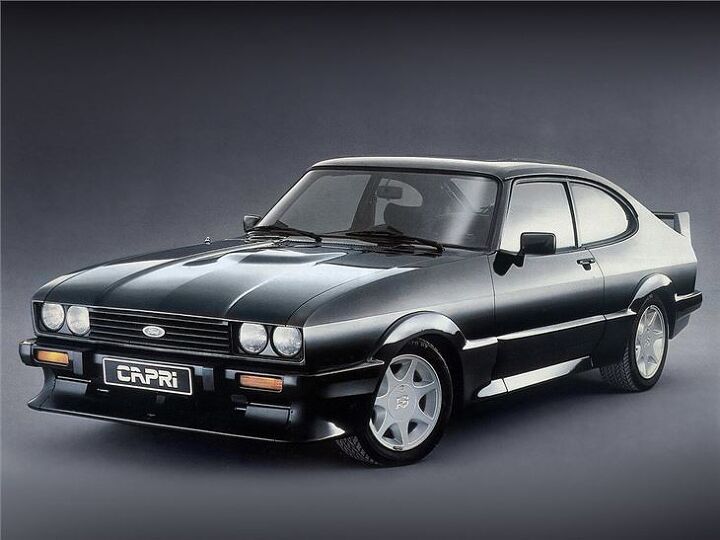


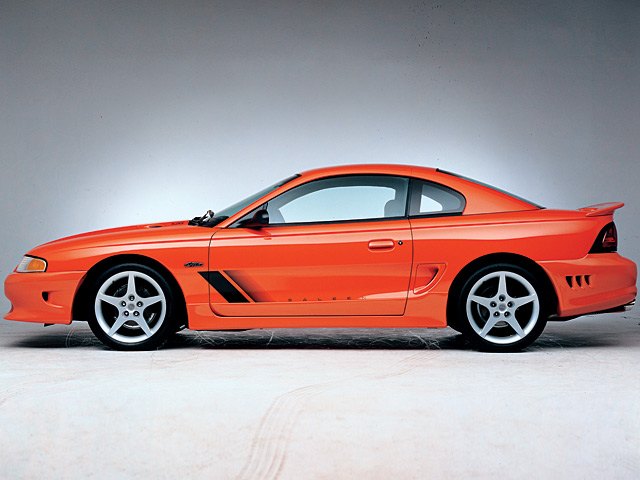

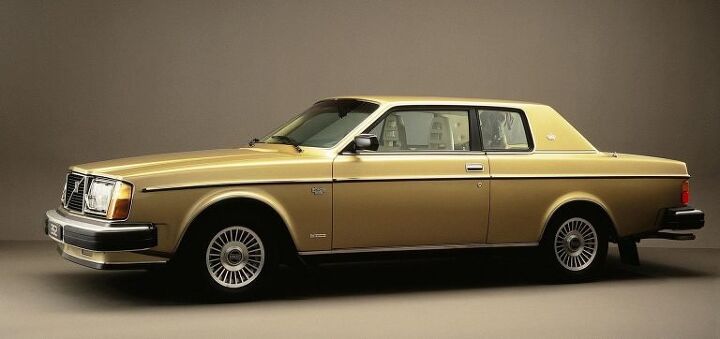



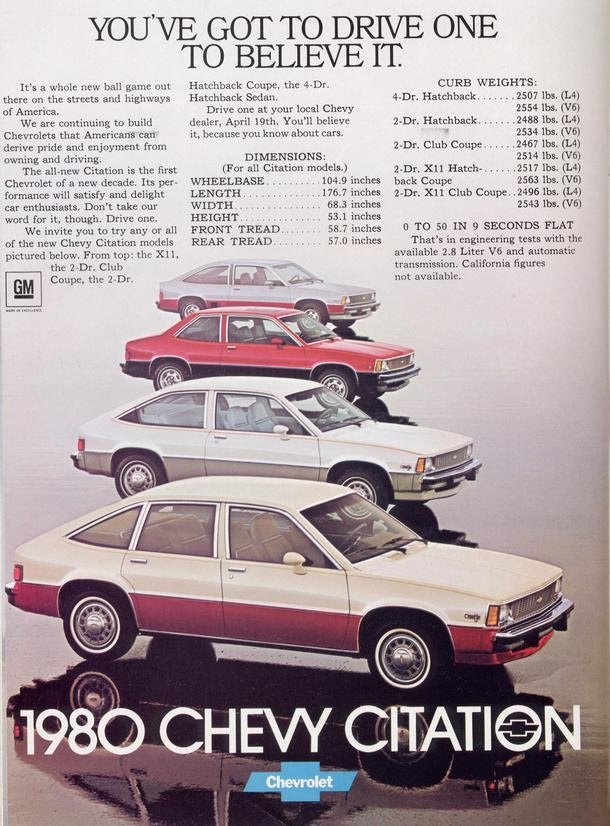

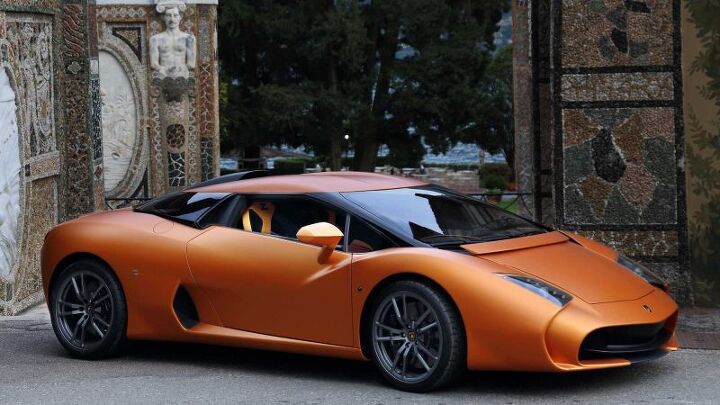














Recent Comments